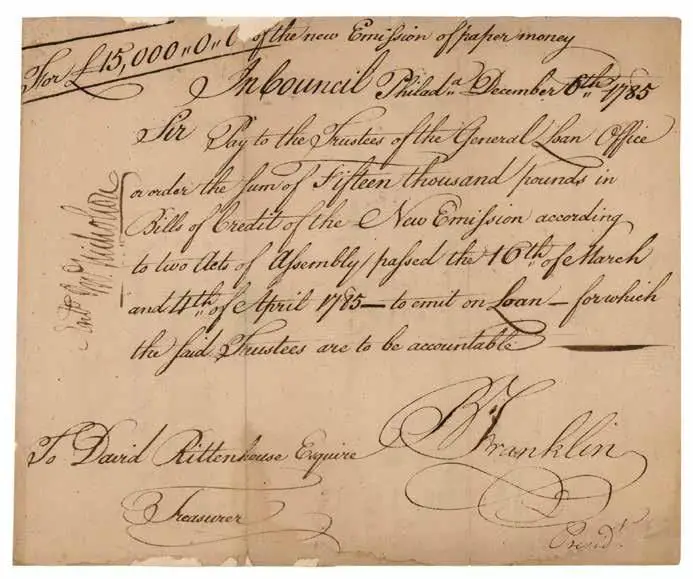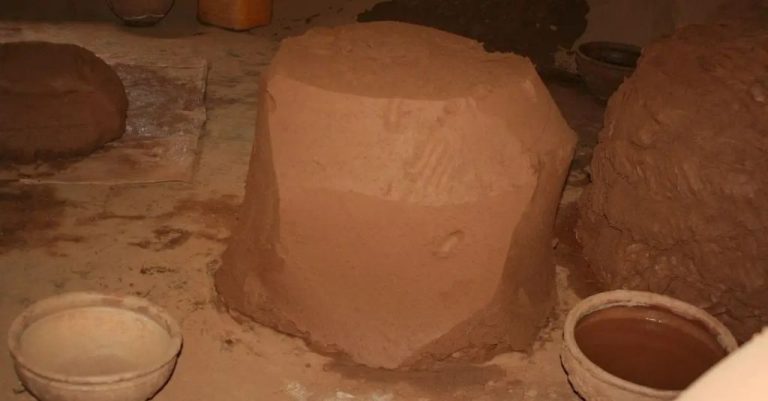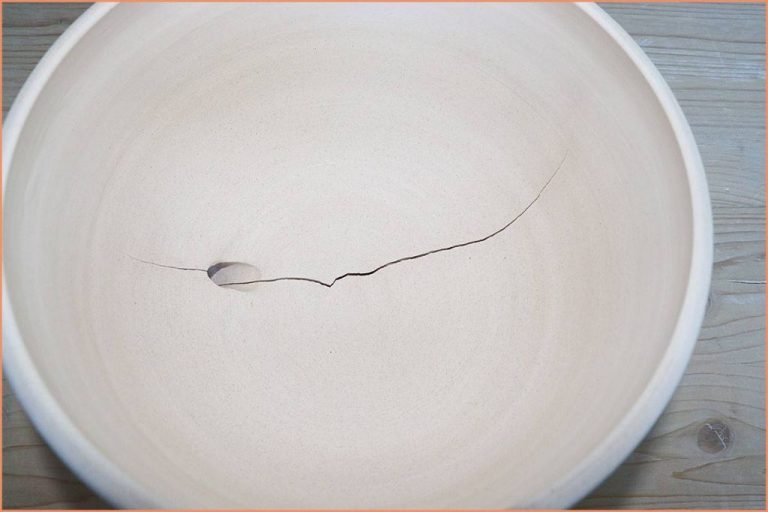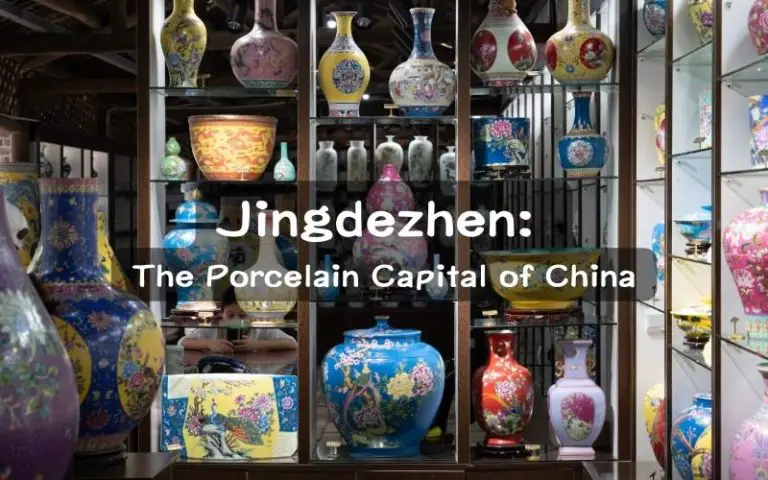What Does The Mccarty Pottery Signature Look Like?
McCarty Pottery is a family-owned pottery studio located in Merigold, Mississippi that has been in operation since the 1950s. The pottery was founded by Walter Lee McCarty and his wife Lucy M. McCarty, who opened the studio in 1954 after learning the art of pottery making (https://www.mccartyspottery.com/mccartys-pottery–history). The McCartys produced functional stoneware pottery like crocks, jugs, bowls and vases. They used local Mississippi clay and volcanic ash glazes to create their signature earthy, speckled look on items like their famous face jugs. The pottery is located on Highway 61 in the Mississippi Delta and continues to be operated by the McCarty family today, producing new works as well as reissuing classic pieces. McCarty Pottery has become collectible and admired for its handcrafted character and connection to Mississippi culture and tradition.
Common Marks and Signatures
McCarty pottery is known for having several distinct marks and signatures that help identify pieces. Some of the most common include:
Impressed marks: Many McCarty pieces have an impressed mark on the bottom that reads “McCarty’s Pottery” and sometimes includes a location like “Meridian, Mississippi.” This mark was stamped into the clay before firing.
Ink stamps: Black ink stamps were frequently used by McCarty, usually with the words “McCarty’s Pottery” and a location. The stamps can be found on the bottom or sides of pieces.https://www.themarksproject.org/marks/mccarty-0
Paper labels: Small rectangular white paper labels were sometimes affixed to the bottom of pieces with information like “McCarty’s Pottery, Meridian, Mississippi.” The paper labels are prone to wear but can aid in identification.
These common marks and signatures can help collectors and appraisers quickly identify McCarty pottery. However, it’s important to look at other factors like glaze, color, and form as well when authenticating pieces.
Walter Lee McCarty Signature
Walter Lee McCarty was one of the primary potters at McCarty Pottery, and his signature mark is one of the most recognizable. His signature consists of his cursive name “Walter McCarty” written in a flowing script. McCarty’s signature can be found on the bottom of many McCarty pots and is usually written in blue, black, green, or brown underglaze.

According to Walter McCarty Insert Cards, Walter Lee McCarty was born on February 1, 1974 in Evansville, Indiana. His flowing cursive signature reflects his artistic abilities as a potter. The letters in his signature vary slightly between pots, with the “M” and “W” sometimes more exaggerated and looping than on other examples. But the overall look of his script signature remains recognizable across all the pottery he produced.
Lucy M. McCarty Signature
Lucy M. McCarty, who was Lee McCarty’s wife, also signed some of the pottery pieces produced by McCarty Pottery. Her signature features her name written in script. According to the McCarty Pottery website (https://www.mccartyspottery.com/), Lucy began assisting with production in 1968. Her flowing script signature can be found on the bottom of mugs, pitchers, vases, and other pieces.
Lucy M. McCarty’s script signature looks handwritten in cursive. The letters are all connected together in her first name and last name. There is a capital L beginning her first name, a lowercase u connecting to it, and the rest of Lucy written out in script. Her last name begins with a capital M, followed by lowercase letters in a cursive script style.
Her signature is usually found on the bottom or underside of pieces. It was impressed or stamped into the clay before glazing. The signature stands out in the contrasting glaze color. Many pieces with Lucy’s signature feature her name written in the cobalt blue glaze against the natural clay color. Her script flows gracefully in a soft, feminine handwriting style.
Impressed Marks
Perhaps the most notable impressed mark on McCarty pottery is the “MC” inside a diamond shape that was stamped into the clay of many of their pieces. According to The Marks Project, this diamond enclosing the initials “MC” is considered the main mark of McCarty Pottery and was used from the early 1920s through the late 1940s.
The impressed “MC” mark can be found on the bottoms of many McCarty pots, vases, pitchers and other ceramic items. It is a way to help authenticate and identify pieces as originating from the McCarty studio. The mark was stamped into the clay before firing, leaving a clear indented impression. On some pieces, the impressed mark may be faint or partially worn away if the glaze has chipped or flaked off over time.
In addition to the “MC” diamond stamp, McCarty pottery may also exhibit other impressed marks that can aid in dating the piece. Numbers, letters, or symbols stamped into the clay can indicate the year or decade the item was produced if matched against known McCarty stamps.
Ink Stamps
McCarty Pottery often used ink stamps to mark their pieces. These ink stamps were applied by hand and featured the McCarty name, location of “USA”, and sometimes a product or shape number. The stamps were typically blue or black in color.
Some key details of authentic McCarty ink stamps:
- Feature the name “McCarty”
- USA or Made in USA
- May have a shape or product number
- Blue or black ink color
- Applied by hand, so may be uneven or smudged
The ink stamps help date and authenticate pieces of McCarty Pottery. The earliest stamps from the 1930s-1950s were often simple block letters reading “McCarty USA”. Later stamps became more stylized. Numbered stamps were used for production pieces starting in the 1950s. Examining the details of original McCarty ink stamps can assist collectors in identifying genuine pieces.
Paper Labels
McCarty Pottery began using paper labels on their pieces starting in the 1940s.
The earliest paper labels were rectangular and featured the pottery name, pattern name, and numbering. According to Calico Mushroom, these labels read “Hand Decorated by McCarty’s Pottery, Merigold, Miss.” at the top.
By the 1950s, round paper labels became common. These labels said “McCarty’s Pottery” at the top and “Merigold, Mississippi” at the bottom, with the pattern name in the center.
In the 1960s, McCarty began using square labels that also featured the pottery name, location, and pattern. Some labels from this era say “McCarty’s Pottery, Merigold, Miss.” while others shortened it to just “McCarty Pottery.”
According to Garden and Gun, paper labels started falling out of use in the 1970s as McCarty shifted towards using ink stamps.
The details on the paper label can help date and authenticate McCarty pieces. The labels also add to the charm and collectability of McCarty pottery.
Dating McCarty Pottery
Dating McCarty pottery pieces can be done by examining the various marks and signatures used over the years. According to the McCarty Pottery website (McCarty’s Pottery – History), Walter Lee McCarty began making pottery in 1956. His early pieces were marked with “WLM” stamped into the clay. In 1964, he started using a paper label with “McCarty’s Pottery” printed on it. This was replaced in 1968 by an impressed mark with “McCarty” and the shape of a diamond.
In 1971, Walter’s wife Lucy began making pottery as well. Her signature was “LMM” stamped into the bottom of pieces. According to the Mississippi Encyclopedia (McCarty Pottery), Lucy continued producing pottery until 1998. During the 1970s and 80s, ink stamp signatures like “McCarty’s Pottery Merigold, MS” were also used. Examining the mark or signature can narrow down when a particular McCarty piece was produced.
Authenticating McCarty Pottery
Authenticating McCarty pottery can be challenging due to the proliferation of reproductions and fakes on the market. There are some key signs to look for when determining if a piece is genuine:
Examine the bottom or underside of the piece for the signature or impressed mark. McCarty signatures include “Lee and Pup McCarty” in script or block letters, or just a stamped “McCarty’s”. Fakes may have poorly formed signatures.
Look at the overall craftsmanship and detailing. McCarty pieces have clean, smooth glazes and high quality sculpting. Fakes tend to have rougher, lower quality detailing.
Consider the color of the glaze. McCarty glazes have a distinctive look, like their popular “speckled bird” glaze. Fake pieces often get the colors and textures wrong.
Examine the bottom for a reddish hue or tint to the clay body where it meets the glaze. This is indicative of authentic McCarty pieces where the clay and glaze chemistry interact during firing.
Seek out reputable sellers and auction houses when shopping for McCarty wares. Purchase from a trusted source with experience identifying original pieces.
When in doubt, consult a McCarty expert who can examine the pottery in person and provide a professional authentication.
Conclusion
In summary, identifying the signatures and marks on pieces of McCarty Pottery is an important part of authenticating and dating them. The signatures of Walter Lee McCarty and Lucy M. McCarty are the most definitive indicators that a piece is genuine McCarty Pottery, but other impressed marks, ink stamps, and paper labels can also shed light on when and where a piece was produced.
Studying and learning to recognize the different McCarty signatures and marks takes some dedication, but being able to authenticate these beautiful art pottery pieces is very rewarding for collectors. McCarty Pottery has become highly coveted for its Art Deco designs and pristine glazes, so being able to verify the origins of a piece using the signatures and marks is an invaluable skill for those interested in collecting these works.
In closing, McCarty signatures and marks tell an insightful story about each individual piece of pottery. Learning to identify them is the key that unlocks each piece’s history and verifies it as an authentic McCarty original.



